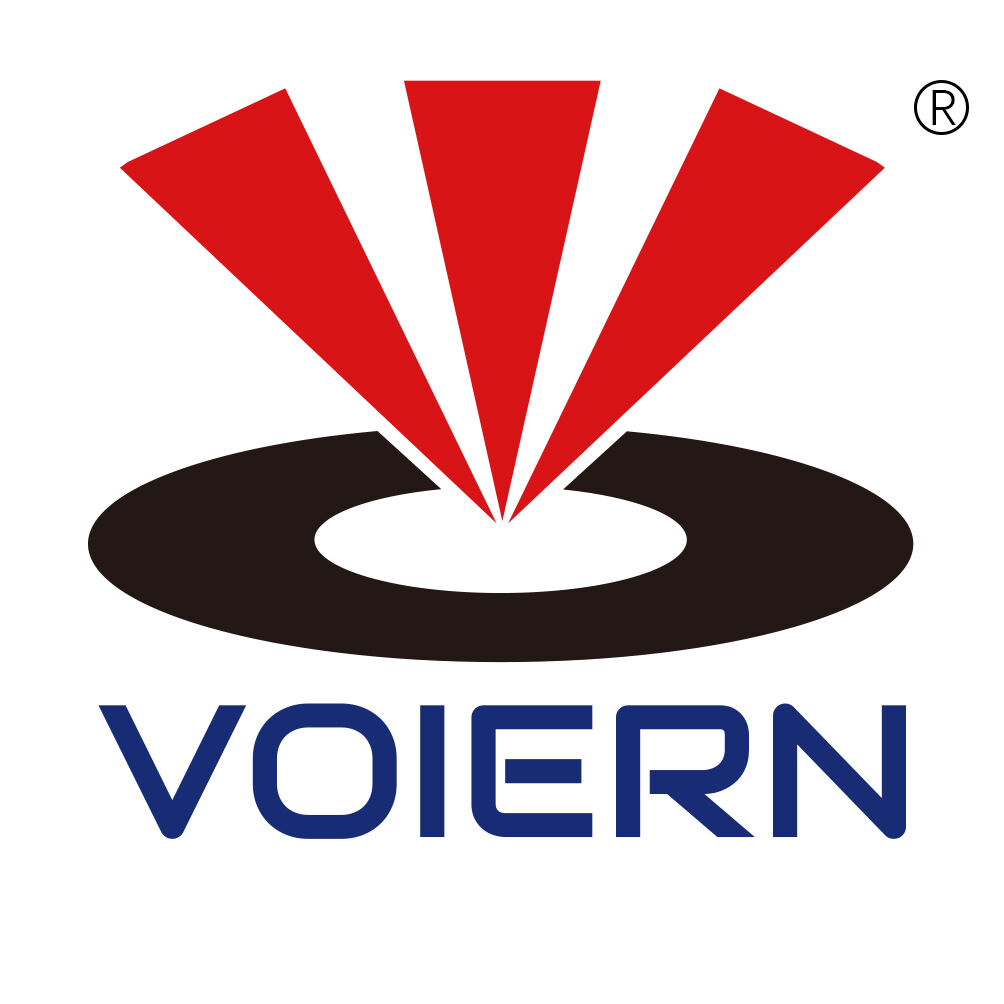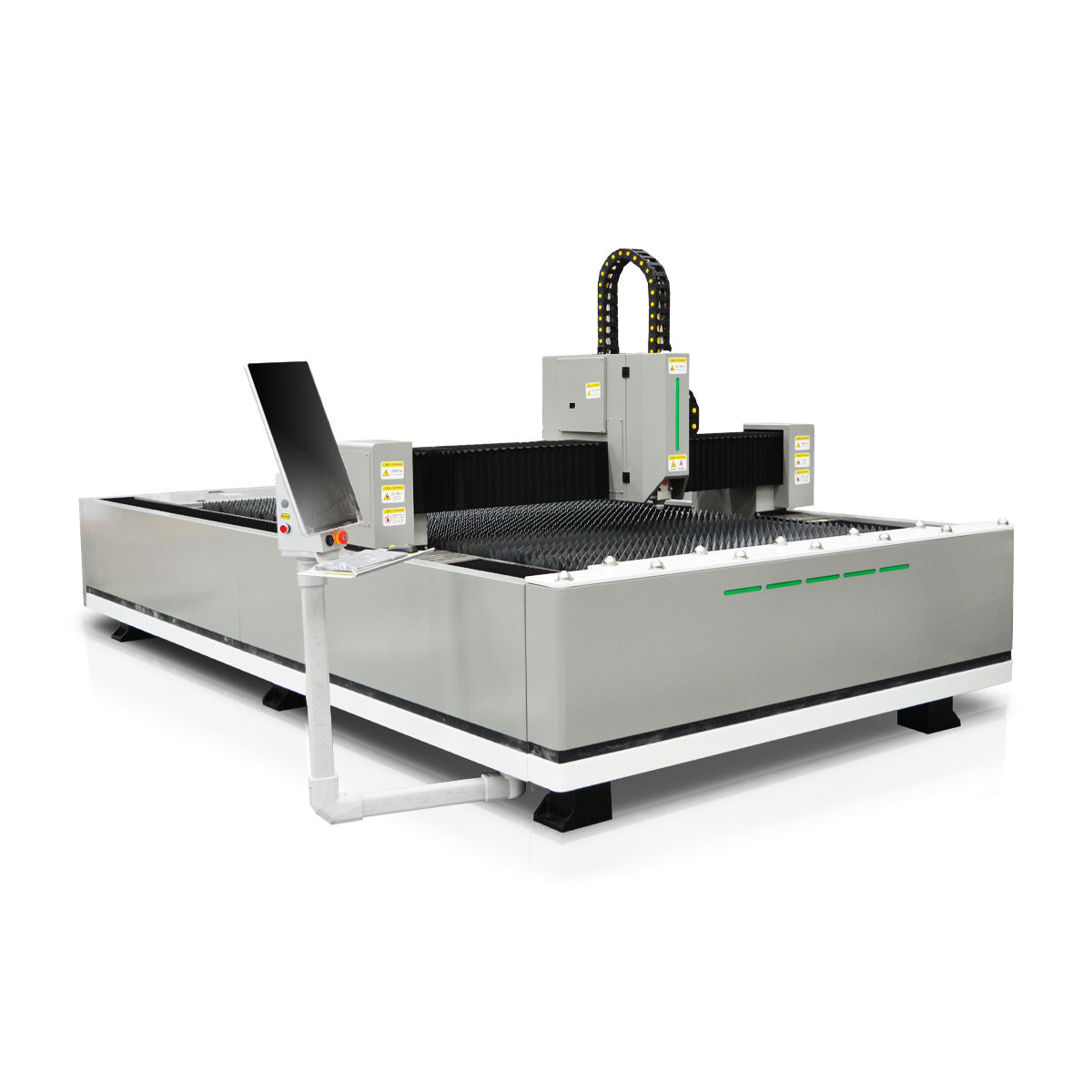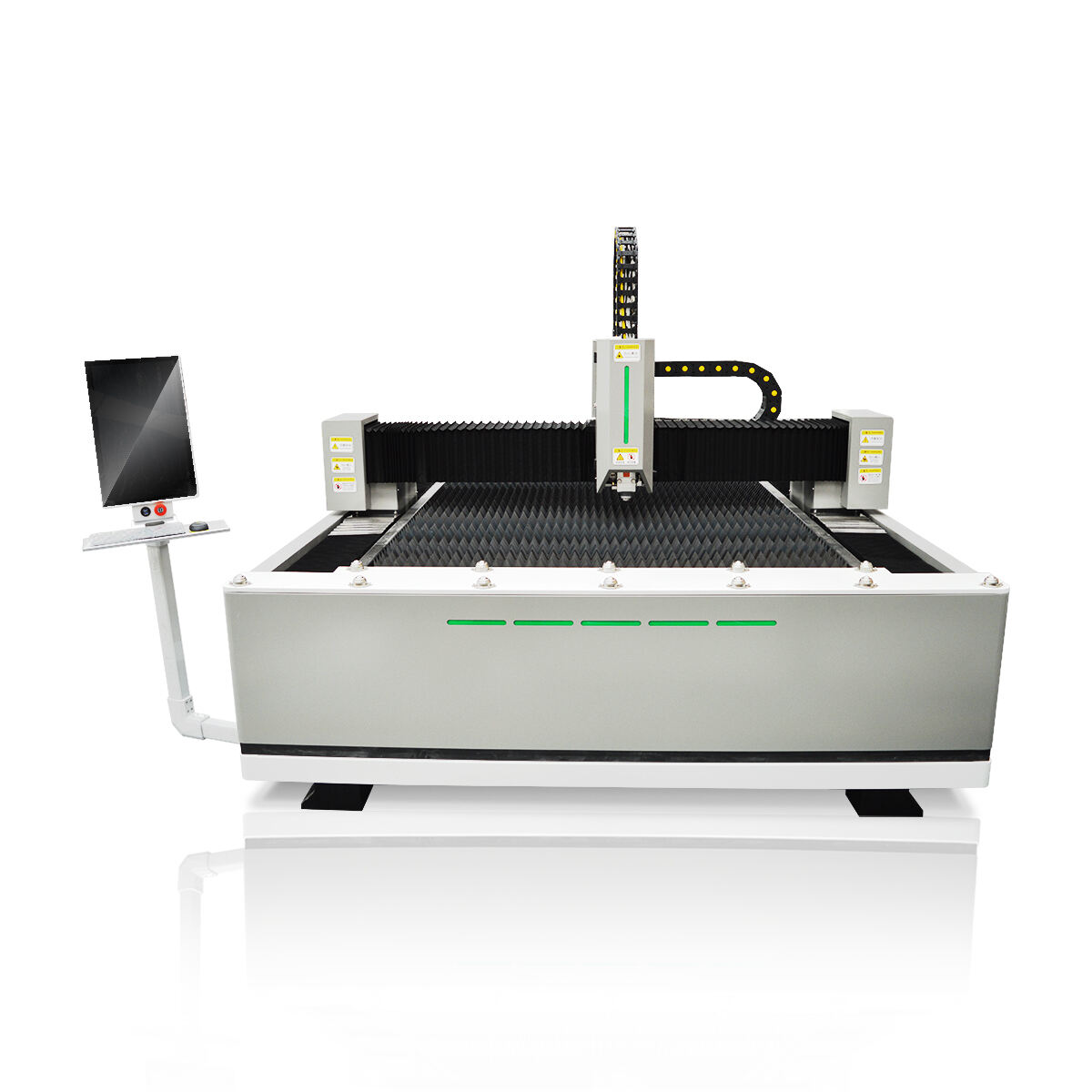Революционизируйте производство с помощью многофункциональных лазерных решений для резки и гравировки
Почему современное производство требует лазерных решений для резки
Точное инженерное проектирование для сложных конструкций
Современное производство все чаще требует высокой точности, поэтому технология лазерной резки становится неотъемлемой частью процесса. Она позволяет производителям создавать сложные формы и геометрии, с которыми традиционные методы справляются с трудом. Использование программного обеспечения CAD/CAM дает возможность таким отраслям, как авиакосмическая и автомобильная промышленность, легко создавать сложные детали. Такая точность не только расширяет возможности проектирования, но и значительно снижает потери материала — на 30%, как сообщают различные производители. Способность лазерных станков точно следовать заданным траекториям резки помогает максимально эффективно использовать ресурсы, делая их незаменимыми в отраслях, где точность и эффективность имеют решающее значение.
Энергоэффективность в условиях высокоскоростного производства
Энергоэффективность при высокоскоростном производстве является еще одной причиной, по которой лазерные системы резки высоко ценятся в современном производстве. Современные лазерные системы резки разработаны для потребления меньшего количества энергии на единицу продукции. Исследования показывают, что машины для резки волоконным лазером могут снизить затраты на энергию до 50%, особенно в условиях массового производства. Эти системы часто оснащены функциями, такими как автоматическое отключение и режим ожидания, которые дополнительно снижают энергопотребление во время простоя. Такой уровень эффективности не только приводит к экономии затрат, но и соответствует возрастающим целям устойчивого развития во многих отраслях.
Материальная универсальность от металлов до композитов
Версатильность технологии лазерной резки позволяет использовать ее на различных материалах, от металлов до композитов, и эта гибкость является ключевой для разнообразных промышленных приложений. С помощью лазерных резаков производители могут плавно переходить между различными материалами, повышая общую продуктивность. Недавние достижения позволяют обрабатывать современные материалы, такие как углеродное волокно, расширяя промышленные применения лазерной технологии. Эта адаптивность предоставляет производителям необходимую эффективность для инноваций и выхода на новые рынки, используя материалы, которые ранее было сложно резать традиционными методами.
Волоконный или CO2: выбор вашей лазерной мощности
Волоконные лазерные резаки: скорость в сочетании с точностью
Файберные лазерные резаки ценятся за свою высокую скорость и точность, что делает их идеальным выбором в отраслях, где требуется быстрая отгрузка без ущерба для точности. Эти машины часто работают вдвое быстрее лазеров CO2 при резке металлов благодаря своему превосходному качеству луча. Эта особенность позволяет производителям достигать крайне малых допусков, что делает файберные лазеры подходящими для сложных дизайнов в различных секторах. Кроме того, отраслевые отчеты подчеркивают значительное сокращение времени настройки с использованием файберных лазеров, что приводит к повышению эффективности производства. Это сочетание скорости и точности сделало файберные лазерные резаки особенно популярными в высокоинтенсивных сферах, таких как авиастроение и автопроизводство.
Альтернативы CO2 для неметаллических приложений
CO2-лазеры обеспечивают эффективное решение для предприятий, занимающихся обработкой неметаллических материалов, таких как деревообработка и художественные ремёсла. Эти лазеры отлично справляются с резкой материалов, таких как дерево и акрил, обеспечивая гладкие и чистые края, что особенно ценится в декоративных приложениях, например, при изготовлении вывесок и украшений. Кроме того, стоимость CO2-лазеров, как правило, ниже, чем у волоконных лазеров, что делает их экономически выгодным выбором для компаний, основная деятельность которых связана с резкой неметаллических материалов. Таким образом, предприятия, работающие в отраслях, где важна визуальная привлекательность и доступные решения, могут обнаружить, что CO2-лазеры идеально соответствуют их потребностям.
Гибридные решения для многоматериаловых рабочих процессов
Гибридные лазерные резаки представляют инновационное решение для производителей, работающих с разнообразными материалами, сочетая преимущества как CO2-, так и волоконных лазерных технологий в одном устройстве. Эта гибкость позволяет легко переходить между материалами, минимизируя простои, связанные со сменой машин. Согласно рыночным тенденциям, наблюдается растущее предпочтение гибридным системам из-за их комплексных возможностей, что привлекает компании, стремящиеся расширить свои услуги и оптимизировать рабочие процессы. Благодаря такой адаптивности, предприятия могут эффективно справляться с более широким спектром проектов, оставаясь конкурентоспособными по мере изменения потребностей клиентов.
Ключевые решения Voiern для волоконной лазерной резки
Машина для волоконной лазерной резки 1530: Производительность промышленного уровня
Фиберлазерная резальная машина 1530 разработана как мощный инструмент для промышленного уровня производительности, специфически ориентированная на крупномасштабные производственные операции. Ее передовое проектирование обеспечивает бесперебойную работу оборудования, обеспечивая стабильные результаты в сложных условиях. Одной из ключевых функций является современная технология охлаждения, которая поддерживает оптимальную работу машины при длительном использовании, значительно снижая риск простоев, которые могут замедлить производство. Отзывы пользователей отмечают улучшение производительности и качества резки с этой машиной по сравнению со старыми моделями, что делает ее лучшим выбором для передовых производственных потребностей.
Лазерная резка волокон 1530: Высокоскоростная конфигурация
Лазерная машина для резки волокон Voiern 1530 превосходно справляется с высокоскоростными конфигурациями, благодаря своей исключительной скорости, которая обеспечивает быстрое обработку материалов. Комплектуясь передовыми двигателями и современной оптикой, эта машина достигает беспрецедентных скоростей резки до 30 метров в минуту, что делает её идеальной для производственных сред с большим объемом продукции, где требуются как скорость, так и точность. Внедрение автоматических систем подачи уменьшает необходимость в ручном вмешательстве, тем самым повышая операционную эффективность в производственных процессах. Эта возможность позволяет предприятиям поддерживать высокие уровни производительности, одновременно успешно управляя сложными требованиями к резке.
Оптимизация процессов с помощью интеллектуальных лазерных технологий
Интеграция автоматизации в лазерные системы
Интеграция автоматизации в лазерные системы значительно повышает эффективность за счет сокращения ручных процессов и минимизации человеческих ошибок. Автоматизированные лазерные системы могут работать непрерывно, что приводит к более длительным производственным циклам при снижении затрат на рабочую силу. Недавние исследования показали, что производители, внедряющие автоматизированные системы, наблюдают рост производительности на 20% и более, подчеркивая значительное влияние автоматизации на операционную эффективность. Эта интеграция является ключевой для сохранения конкурентоспособности в отраслях, таких как автомобилестроение и авиастроение, где точность и скорость имеют первостепенное значение.
Мониторинг производства с использованием IoT
Интеграция технологий IoT позволяет осуществлять реальное мониторинг лазерных резательных операций, обеспечивая проактивное принятие решений и обслуживание. Эти технологии собирают данные через датчики, предсказывая отказы оборудования и снижая простои, одновременно повышая надежность работы. Производители, внедряющие IoT, сообщают о снижении неплановых остановок производства на 30%, что демонстрирует эффективность этих передовых систем мониторинга в поддержании постоянного потока производства. Это достижение способствует более высокой производительности и предоставляет больший контроль над сложными процессами современной лазерной технологии, используя полученные данные для оптимизации производительности.
Стратегии профилактического обслуживания
Внедрение стратегий профилактического обслуживания увеличивает срок службы и надежность лазерных резальных машин. Регулярные проверки и своевременные вмешательства способствуют улучшению качества выхода и предотвращают дорогостоящие поломки. Данные показывают, что заводы, практикующие профилактическое обслуживание, могут сократить общие расходы на обслуживание на 25% ежегодно. Этот проактивный подход обеспечивает работу машин на уровне наилучшей производительности, тем самым повышая продуктивность и уменьшая вероятность непредвиденных сбоев в производственном процессе. Эти стратегии являются ключевыми для поддержания эффективности и максимизации производственных возможностей в условиях высокого спроса.




